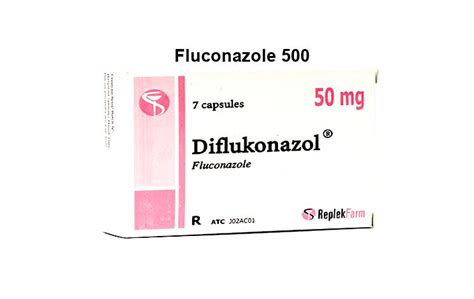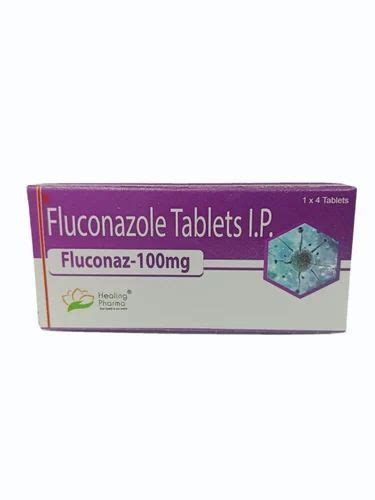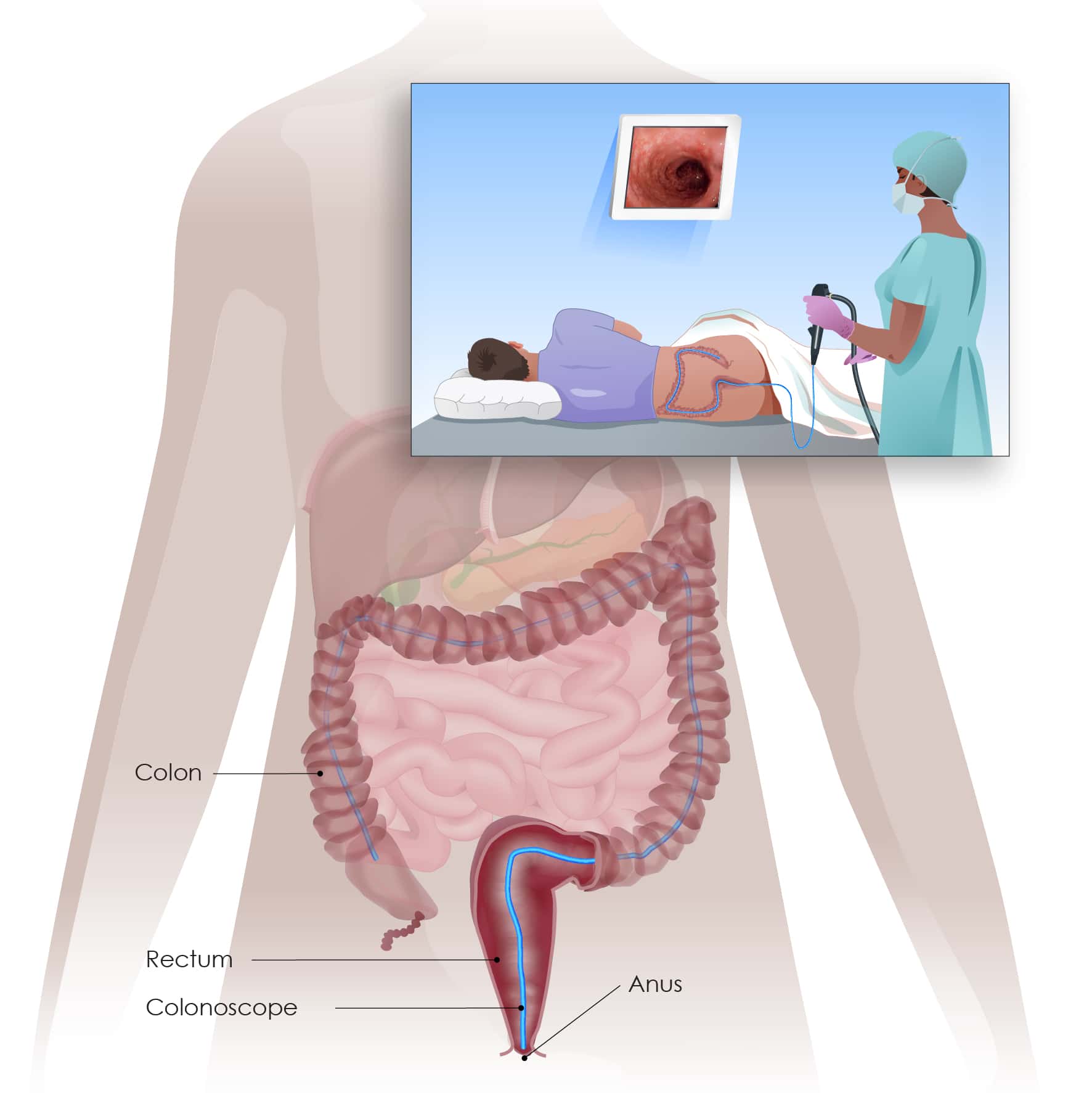Fluconazole 100 mg is an antifungal medication that belongs to the triazole class. It works by inhibiting the synthesis of ergosterol, a critical component of fungal cell membranes. Ergosterol is essential for maintaining the integrity and function of the cell membrane, and its depletion leads to cell lysis and death.
Mechanism of Action
The mechanism of action of fluconazole involves the inhibition of the enzyme lanosterol 14α-demethylase, which is responsible for converting lanosterol to ergosterol. This enzyme is a part of the cytochrome P450 system and is essential for the synthesis of ergosterol. By inhibiting this enzyme, fluconazole depletes the fungal cells of ergosterol, leading to a disruption in cell membrane function and ultimately causing cell death.
Spectrum of Activity
Fluconazole has a broad spectrum of activity against various fungal pathogens, including:
- Candida albicans: a common cause of vaginal yeast infections, oral thrush, and cutaneous candidiasis
- Cryptococcus neoformans: a cause of cryptococcal meningitis, particularly in immunocompromised individuals
- Coccidioides immitis: a cause of coccidioidomycosis, a fungal infection that affects the lungs
Pharmacokinetics
Fluconazole is available in oral and intravenous formulations. After oral administration, fluconazole is rapidly absorbed, with peak plasma concentrations achieved within 1-2 hours. It has a long half-life of approximately 30 hours, which allows for once-daily dosing. Fluconazole is widely distributed throughout the body, including the central nervous system, and is excreted primarily in the urine.
Indications and Dosage
Fluconazole 100 mg is indicated for the treatment of various fungal infections, including:
- Vaginal yeast infections: a single dose of 150 mg
- Oropharyngeal candidiasis: 100 mg once daily for 7-14 days
- Esophageal candidiasis: 100 mg once daily for 14-21 days
- Cryptococcal meningitis: 400 mg once daily for 6-12 months
Side Effects and Interactions
Fluconazole is generally well-tolerated, but common side effects include:
- Nausea and vomiting
- Diarrhea
- Abdominal pain
- Headache
Fluconazole can interact with various medications, including:
- Warfarin: increased risk of bleeding
- Phenytoin: increased risk of phenytoin toxicity
- Cyclosporine: increased risk of cyclosporine toxicity
Conclusion
In conclusion, fluconazole 100 mg is an effective antifungal medication that works by inhibiting the synthesis of ergosterol, a critical component of fungal cell membranes. Its broad spectrum of activity, favorable pharmacokinetics, and relatively low toxicity make it a popular choice for the treatment of various fungal infections.
What is the mechanism of action of fluconazole?
+Fluconazole works by inhibiting the synthesis of ergosterol, a critical component of fungal cell membranes, through the inhibition of the enzyme lanosterol 14α-demethylase.
What is the spectrum of activity of fluconazole?
+Fluconazole has a broad spectrum of activity against various fungal pathogens, including Candida albicans, Cryptococcus neoformans, and Coccidioides immitis.
What are the common side effects of fluconazole?
+Common side effects of fluconazole include nausea and vomiting, diarrhea, abdominal pain, and headache.
Key Takeaway: Fluconazole 100 mg is an effective antifungal medication that works by inhibiting the synthesis of ergosterol, a critical component of fungal cell membranes. Its broad spectrum of activity, favorable pharmacokinetics, and relatively low toxicity make it a popular choice for the treatment of various fungal infections.
Step-by-Step Guide to Taking Fluconazole

- Take fluconazole exactly as directed by your doctor.
- Swallow the capsule whole with a full glass of water.
- Take fluconazole at the same time every day.
- Do not take more or less of the medication than prescribed.
- Do not stop taking fluconazole without consulting your doctor.
Pros and Cons of Fluconazole

Pros:
- Effective against a broad spectrum of fungal pathogens.
- Favorable pharmacokinetics.
- Relatively low toxicity.
Cons:
- Common side effects include nausea and vomiting, diarrhea, abdominal pain, and headache.
- Interacts with various medications.
- May not be suitable for pregnant or breastfeeding women.



